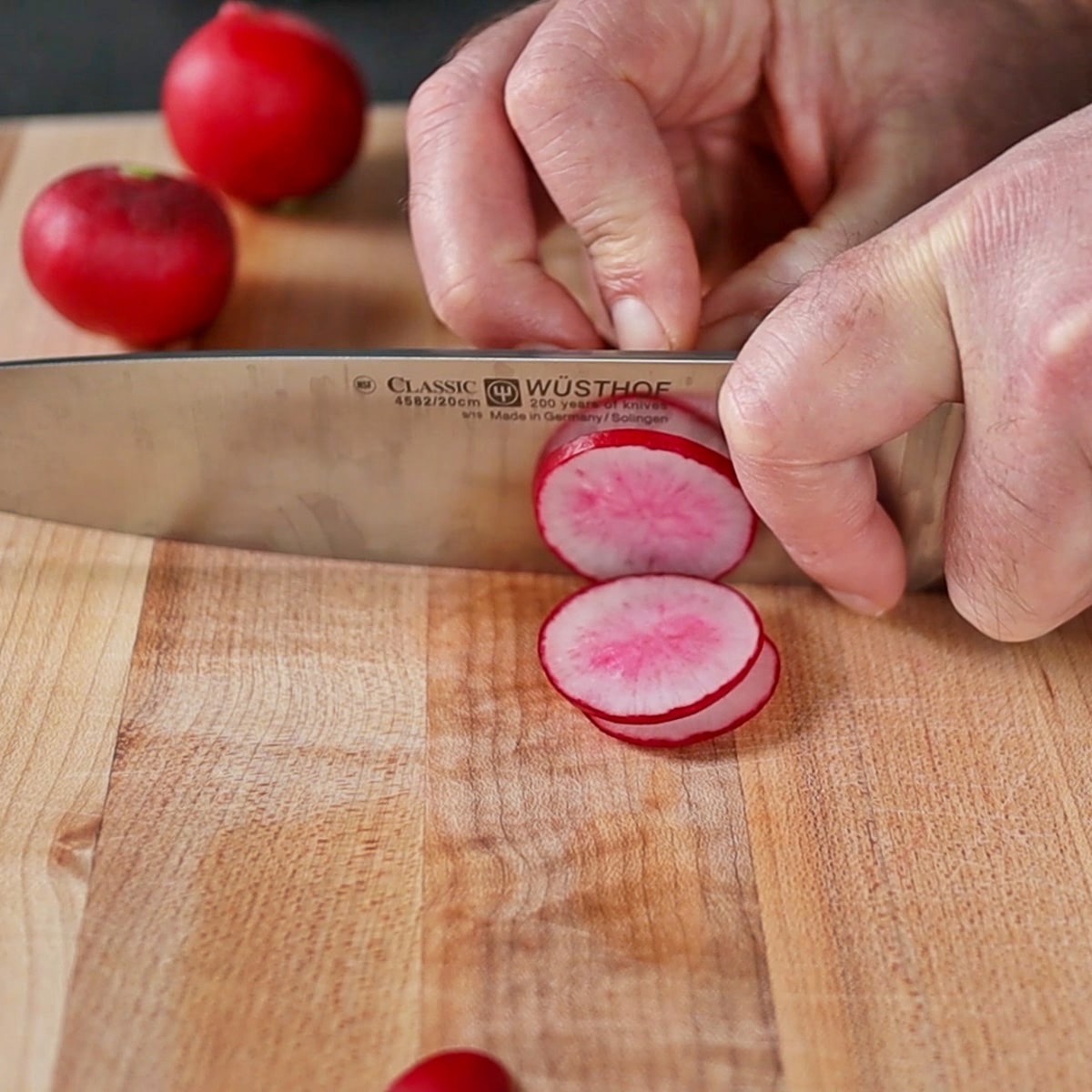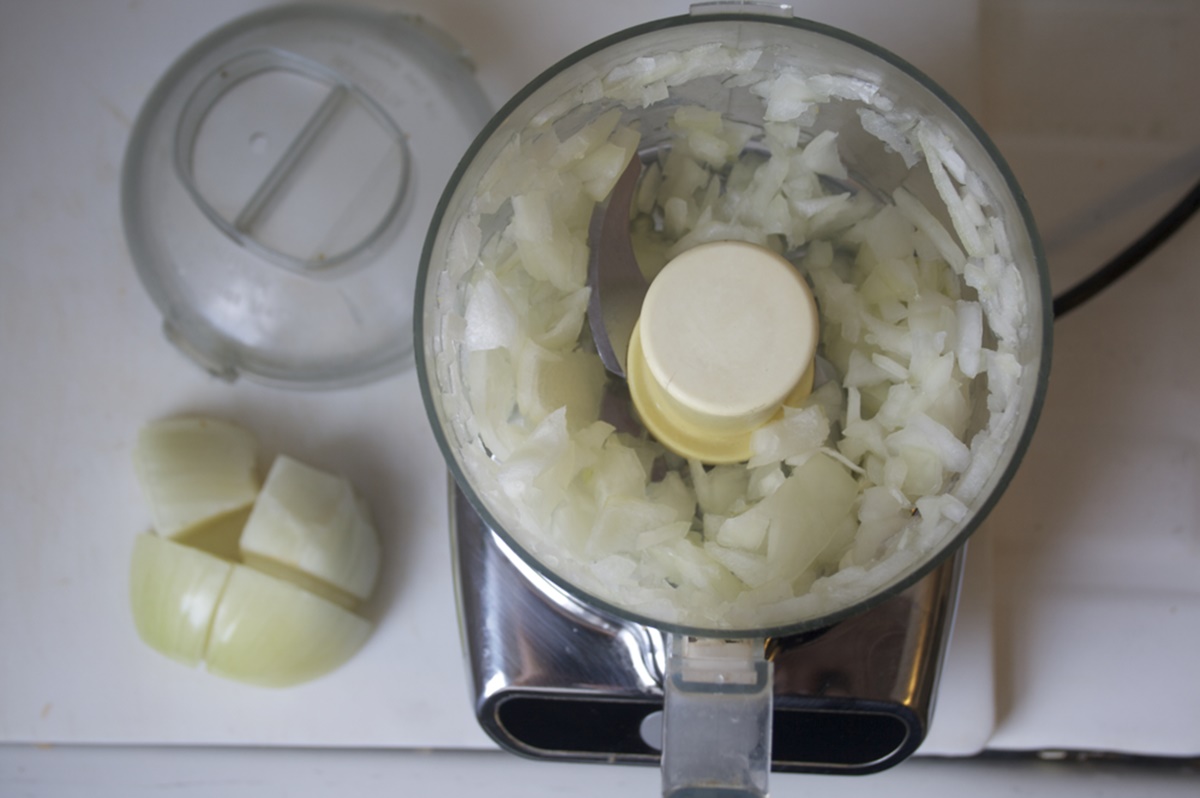How To Chop And Freeze Fresh Sage: A Step-By-Step Guide
Sage is an incredibly versatile herb that adds a rich and earthy flavor to a variety of dishes. Whether you have a bountiful sage plant in your garden or you’ve picked up a fresh bunch from the store, knowing how to properly chop and freeze fresh sage can help you preserve its flavor for longer and ensure that you always have this aromatic herb at your fingertips. Follow this step-by-step guide to learn how to chop and freeze fresh sage.
Step 1: Harvesting Fresh Sage
If you have a sage plant in your garden, harvesting fresh sage is as simple as snipping off the leaves as needed. Look for leaves that are vibrant and healthy. If you’re buying sage from the store, choose bunches with firm leaves that are not wilted or discolored.
Step 2: Washing and Drying
Before chopping your fresh sage, it’s important to wash the leaves to remove any dirt or debris. Fill a bowl with cold water and gently swish the sage leaves around. Remove the leaves from the water and pat them dry with a clean kitchen towel or paper towel. Ensure that the leaves are completely dry before moving on to the next step.
Step 3: Chopping Fresh Sage
Using a sharp knife or kitchen scissors, carefully chop the sage leaves into your desired size. Whether you prefer finely chopped sage or larger pieces is completely up to you and the requirements of your recipe. Remember to work slowly and maintain control over your knife or scissors for precise cuts.
Step 4: Freezing Fresh Sage
To freeze fresh sage, there are two options you can choose from based on your preference:
- Flash Freezing: Lay the chopped sage leaves in a single layer on a baking sheet lined with parchment paper. Place the baking sheet in the freezer for about an hour or until the sage leaves are completely frozen. Once frozen, transfer the sage leaves to an airtight container or freezer bag. Label the container with the date and use within 3-6 months.
- Ice Cube Tray Method: Fill an ice cube tray with the chopped sage leaves. Pour water or olive oil over the leaves, filling each cube space about halfway. Place the ice cube tray in the freezer until the sage leaves are frozen solid. Once frozen, transfer the sage-filled cubes to a freezer bag. Label the bag with the date and use within 3-6 months. This method is great for easily portioning out sage for future use.
Step 5: Thawing and Using Frozen Sage
To use frozen sage, simply remove the desired amount from the freezer and thaw it. If you opted for the flash freezing method, the sage leaves can be added directly to your recipes without thawing. If you used the ice cube tray method, allow the sage-filled cubes to thaw in the refrigerator or add them directly to soups, stews, or sautés.
Now that you know how to chop and freeze fresh sage, you can enjoy the incredible flavors this herb brings to your culinary creations all year round. Don’t let your fresh sage go to waste – preserve its vibrant taste and fragrance so that it can enhance your dishes whenever you desire. Enjoy the versatility and convenience of having fresh sage at your disposal, thanks to this simple preservation technique!
For those eager to make the most of their freshly chopped and frozen sage, there are several recipes that will showcase its vibrant flavor. Consider starting with Sage and Butternut Squash Risotto, where the herb complements the creamy texture and sweetness of the squash perfectly. Sage and Brown Butter Pumpkin Ravioli is another excellent choice, with the sage adding depth to the nutty brown butter sauce. If you're planning a feast, Herb-Roasted Turkey with Sage Butter makes for a spectacular centerpiece, with the sage butter infusing the turkey with rich, aromatic notes. For a comforting dish, try Sage and Sausage Stuffing, which pairs the earthiness of sage with the savory richness of sausage. Each of these recipes not only highlights the unique taste of sage but also demonstrates its versatility in both everyday cooking and special occasions.











